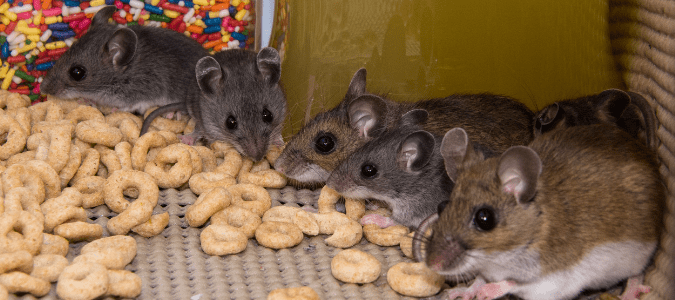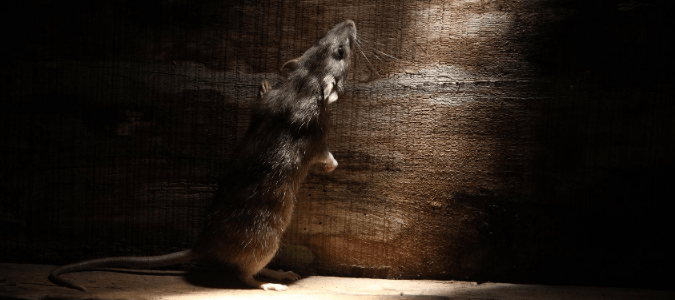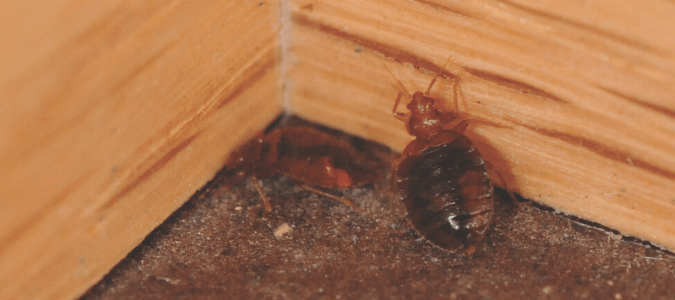How Many Mice in a Nest?

Has a mouse made its home in your house? One furry little mouse may not seem like a huge problem; however, mice reproduce rapidly. A small colony can quickly turn into dozens of mice in your home in a matter of weeks.
Mice carry diseases, cause property damage and can invade your kitchen. To safeguard your home against a mouse infestation, it’s important to know about their life cycles and habits. Keep reading to learn how many mice live in a nest, what food attracts mice and how to keep mice away.
If you spot a mouse in your home or hear them at night, contact a rodent control specialist right away. Catching these unwelcome guests early is the best way to prevent them from taking over your home.
How Many Mice in a Nest?
Up to two dozen mice can live in a nest at a time. Mice have prolific breeding habits, which … Read Full Post »








